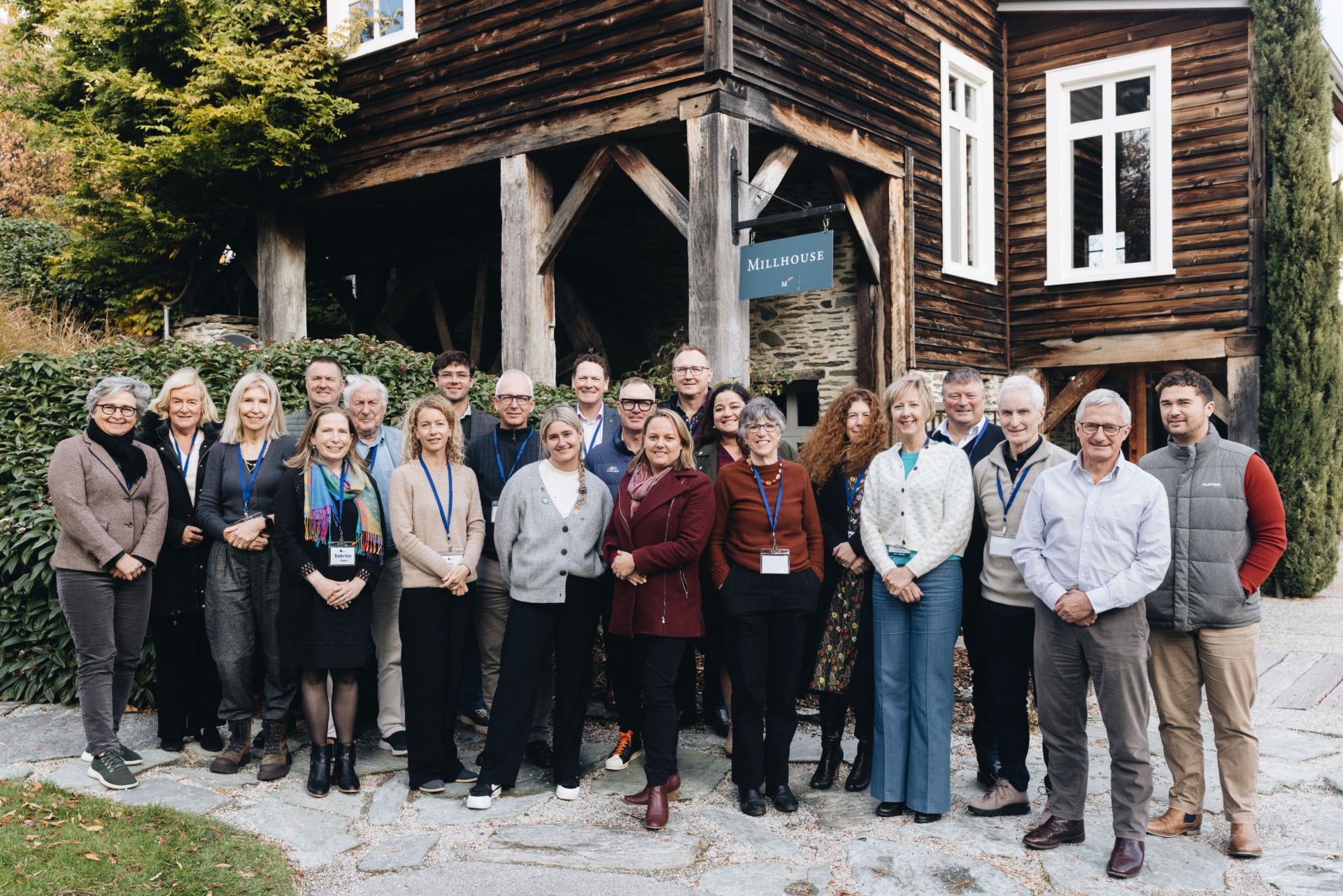Latinos in the U.S. are a growing market influence. Now is the time to solidify our prosperity for the future.
The growth of the Latino market has become an important topic in public discourse. According to the Latino Donor Collaborative’s U.S. Latino GDP Report for 20201, if American Latinos were a country, our economy would rank as the eighth largest in the world, and it is getting bigger – the Latino economy is growing 70% faster than the rest of the U.S. These numbers may feel empowering, and with good reason – Latinos have for long been relegated to secondary status in the economy, often working difficult and unwanted jobs, and bringing in less income than the rest of the country. But these numbers speak only to a growing market of consumers and producers, and do not portray a growing class of owners – wealth creators able to turn that economic vitality into intergenerational stability.
Wealth is important because it is the key that unlocks upward mobility and generational growth. The foundation of wealth is what more established communities are able to leverage for obtaining credit and paying it off; sending their kids off to college, starting a business, and even building political influence, are all privileges of a strong middle class built on generations of wealth creation. Yet when looking at a crucial aspect of wealth creation, ownership, some statistics paint a different picture of the Latino market.
Latinos in the U.S. account for 18% of the population according to the latest Census. In Chicago, that number stands at 22%, but they represent only 7% of employer firms and 12% of non-employer-firms. Of those firms that do have employees, 67% have only 1 to 4 employees, and 51% of them make less than $250,000 in annual revenue. These disparities exist across many other measures, including size, number, and sector, and are observed across the nation, not just in Chicago. It is important to keep these numbers in mind along with the more recent celebratory narrative, because while our growing power as consumers is an important indicator of our progress, growing and establishing Latino businesses has the potential to cement that growth.
The current fiscal and legislative moment provides a strong launching pad for that future. Over the last year and a half, Congress has signed into law an unprecedented number of spending bills, including the Bipartisan Infrastructure Law, the Inflation Reduction Act, the CHIPS Act, among others. Trillions in federal dollars are raining down on localities across the country, and this deluge of funds means at least one thing for thousands of agencies, states, and cities: they will need contractors. Matching public agencies across the country to local Latino and minority-owned businesses, therefore, can be a panacea for the building of Latino wealth, and ultimately, of Latino communities, but one key challenge stands in the way.
Government procurement is a notoriously complex process. Private firms that wish to undertake public projects are not only expected to file mountains of paperwork, but also need to submit extensive proposals. What’s more is that public procurement is a painfully fragmented landscape where every public entity has its own rules, processes and requirements, causing firms to duplicate work in order to apply for several contracts. The result is that public procurement is a large company’s game. Smaller firms simply do not have the resources and the know-how, especially minority firms, who are often newer to the system and have to simultaneously navigate language barriers and discrimination.
While streamlining and consolidating the public procurement space is a must, working from the ground up can have a more immediate economic development impact. One example comes from the Illinois Hispanic Chamber of Commerce, who in partnership with the Aspen Institute, is creating a Procurement Academy for Latino entrepreneurs. Though academy is in the name, the concept relies more on technical assistance at the time of bidding for a project, and less on classroom instruction. It recognizes the importance of a low-resource, light-touch approach to helping cash-strapped businesses. It connects Latino entrepreneurs with experts in the field of procurement to sharpen the firms’ proposals, understanding that it’s not skills that they lack but rather the ability to communicate their skills.
If successful, this and other initiatives could signal a nation-wide change in the public procurement landscape. This would transform the system from one that is deeply unequal itself to one that catalyzes the growth needed to equalize our communities. 17% of the wealth gap between Latinos and white Americans can be explained by the difference in ownership. Closing that gap at the current rate, Latinos will achieve parity in a staggering 300 years, according to the Illinois Hispanic Chamber of Commerce. But accelerating Latino growth by just 1% will result in closing that gap in only 15 years. Opening the procurement space up to small minority firms can be the engine of that acceleration.
The story of Latino growth being heralded today is one of the creation of capital. The story of the future should be one where Latinos are not only the producers of that capital, but the owners of the firms and enterprises capturing it. And as we work hard to create wealth, we want to maintain it and ensure that future generations will also have opportunities to build upon that wealth. What we are proposing here is nothing more than the American dream; that future generations of Americans may continue to enjoy the upward mobility that previous generations enjoyed, and continue to create and innovate, like so many American entrepreneurs before them.
1https://www.latinodonorcollaborative.org/original-research/2020-ldc-u-s-latino-gdp-report

